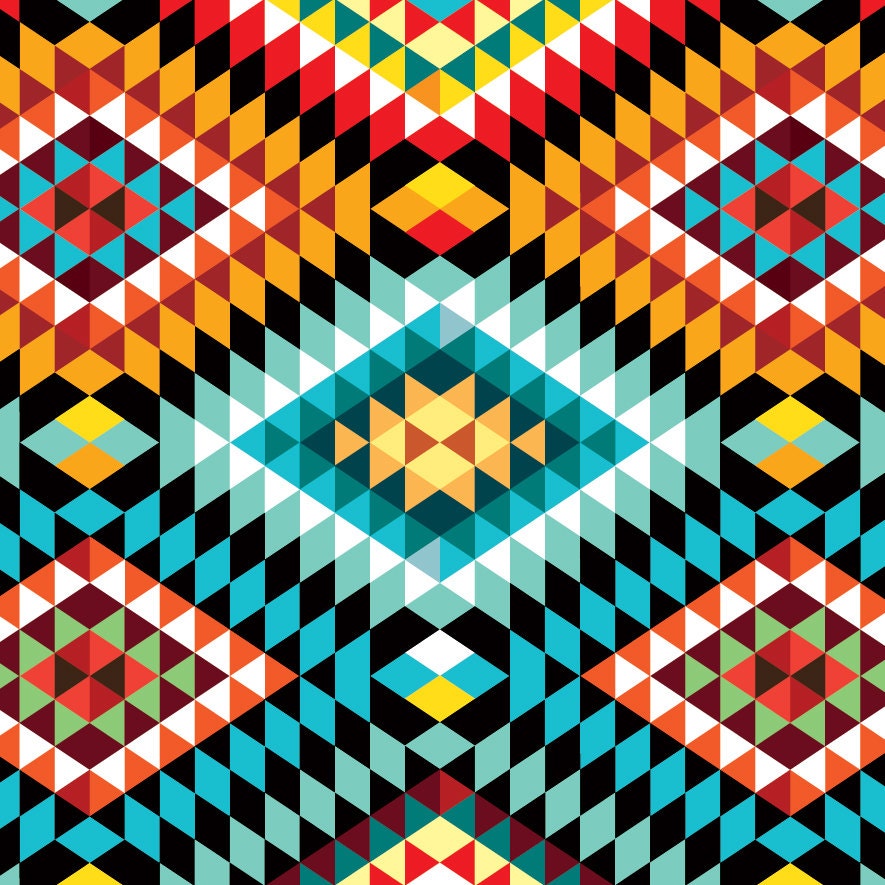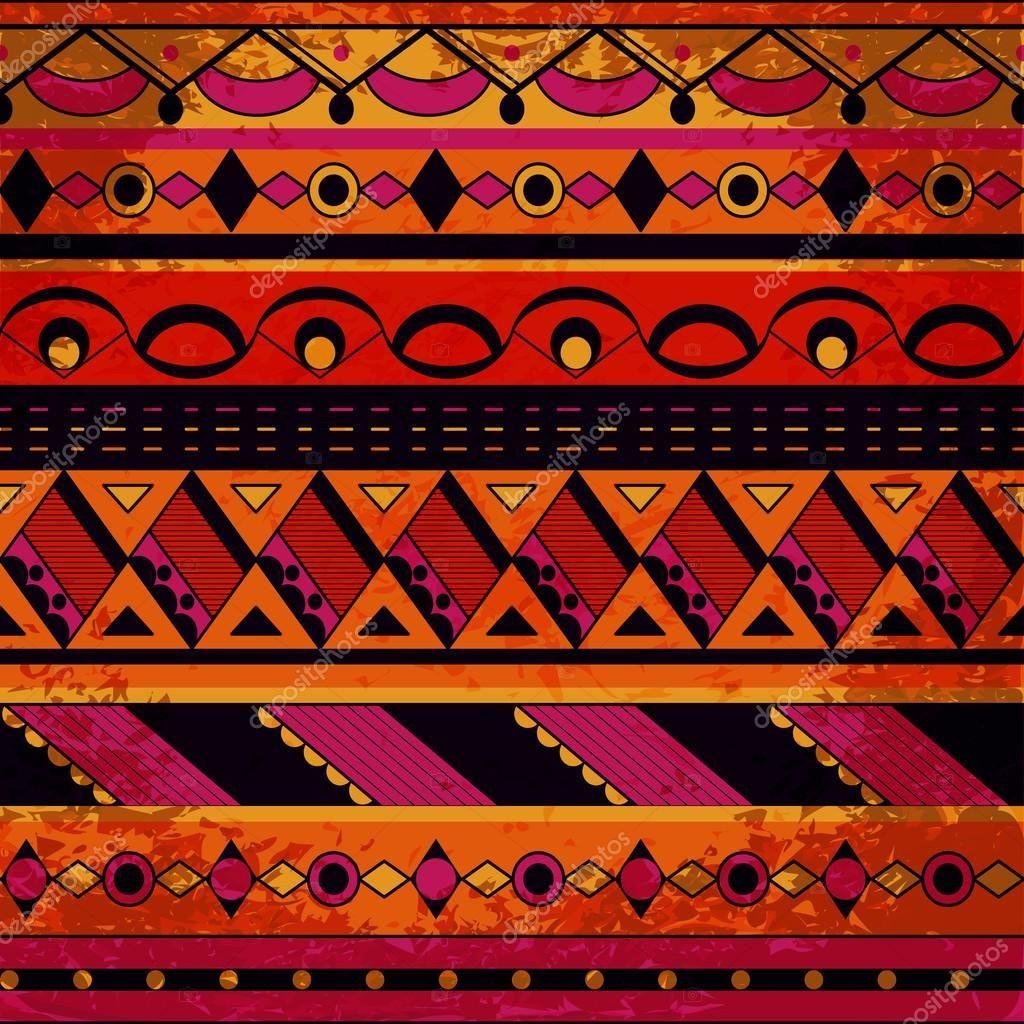Table Of Content

The graphic file you get consists of the vector EPS and JPG image with a file help. Kente or Ashanti cloth from Ghana has over 300 different traditional patterns. As the cloth is woven in strips and then sewn together, the design possibilities for a finished piece are endless.
MitiMeth Turning Water Hyacinth Into Functional Handcrafted Products
Patterns hold deep cultural and historical significance in African societies. They are vehicles for preserving and transmitting knowledge, as well as conveying social, spiritual, and political messages. African art patterns can be found in various aspects of life, including architecture, functional objects, adornments, artifacts, and textiles. In conclusion, the art of African Kente cloth weaving is a testament to the creativity, skill, and cultural heritage of the Ashanti people.
Contemporary Adaptations of African Art Patterns
Dubbed the Master of Prints, fashion designer Duro Olowunever fails to impress with his effortlessly chic, women’s wear collections that are characterised by a vibrant cornucopia of mix and match prints. Prints that despite being sourced from around the world, or designed by Olowu himself in the UK, all seem to give a big nod to his African heritage. It is often worn by individuals who value education and seek to acquire knowledge throughout their lives.
What Patterns Are Used in African Art: Exploring Traditional Designs
A.There are several resources available to learn more about African art patterns. Patterns are an integral part of African culture and permeate various aspects of daily life. They can be observed in architecture, functional objects, adornment, artifacts, and textiles. Let's explore how patterns are manifested in these different aspects of African culture. Some patterns may be visualized or conceptualized in nature and throughout Africa. Observing botanical materials such as leaves, branches, thorns, pods, and seeds on the ground reveals lovely forms, lines, and patterns.
Contemporary Applications and Innovations in Kente Cloth Weaving
The Afrofuturistic Designs of ‘Black Panther’ - The New York Times
The Afrofuturistic Designs of ‘Black Panther’.
Posted: Fri, 23 Feb 2018 08:00:00 GMT [source]
In 2012, Nigerian architect Tosin Oshinowo became the founder and principal architect of Lagos practice cmDesign Atelier. She is known for her socially responsible approaches to architecture, design, and urbanism. A striking example of that is Rebuilding Ngarannam, a project in partnership with the United Nations Development Programme (UNDP). Currently in progress, this initiative is building an entirely new community in northern Nigeria for a village displaced by the terrorist group Boko Haram. The future for African designers looks positive, also due to initiatives such as Africa by Design, created in 2017 by featured designer Chrissa Amuah. Working with 35 designers from seven countries, it promotes exhibitions and commercial networks for creative professionals.
Their vibrant colors, intricate designs, and cultural significance have transcended borders and gained recognition beyond the African continent. Today, African art patterns are celebrated in museums, galleries, and exhibitions, showcasing the talent, creativity, and artistry of African artisans. Moreover, they have influenced contemporary design, fashion, and visual arts, as artists and designers draw inspiration from the mesmerizing allure of African patterns.
Used in a variety of applications from clothing to home décor, the fabrics often carry messages of power, social change, and cultural heritage. The Ndebele people of South Africa are also known for their colourful house painting and beadwork. Their clothing designs use vibrant geometric patterns to convey information about a person’s age, marital status, and social roles. Despite their diverse backgrounds and areas of expertise, African designers draw inspiration from their roots and utilize traditional materials, motifs, and techniques in their creations. Their work reflects a deep respect for African heritage while also pushing the boundaries of contemporary design.

The Konkani Culture: Journeying through the Streets of Gosripuram

Patterns are combined to convey the rules for proper conduct in the tribe and the requirements of the spirits that the masks represent and are therefore a powerful form of communication. Our main source of historical information about African pattern and design comes from architecture, decorated artifacts, masks and textiles. We take pride in collaborating with skilled designers and artisans from Ghana to bring you genuine African designs that reflect the true essence of the continent.
African Kente Patterns Kente Digital Paper African Kente Design Africa Digital Paper Kwanzaa Designs Kente Background
This is because the cloth is first soaked in a dye made from bark and leaves, and then the design is painted on with a thick mud containing iron acetate collected from the bottom of lakes. Modern cloths are found in innovative designs, mainly in black, gold, brown and off white colours, which have found a big export market popular with interior decorators. The indigo dyed cloth is one of the famous cloths in Africa worn exclusively by women. Artist Niki Seven Seven is in the forefront of reviving the age old art of Adire. Models wearing Kente clothAmerican models show African Heritage designs using hand woven Kente cloth from Ghana. This was a publicity shot for the largest show African Heritage ever staged in the USA for 60,000 guests at the San Diego Zoo in 1979.
Intricately designed being influenced by the savannah animals found in Africa; this layered design file requires a minimum adobe version of CS for operation. The graphic file offered you consist of one JPG image and vector illustration. Colorful African Pattern Design comes to you with patterns of a mandala, Indian ornament, kaleidoscopic floral and other various shapes such as round, circle, disk and others.
Another exciting development in contemporary Kente cloth weaving is the incorporation of new materials and techniques. While traditionally Kente cloth was woven using silk or cotton, modern weavers are experimenting with a wide range of materials, including synthetic fibers and even recycled materials. This not only adds a new dimension to the art form but also allows for more sustainable and eco-friendly practices. In addition to new patterns, contemporary weavers are also exploring new color combinations in their designs.
It is often worn by individuals who value tranquility and strive for peaceful relationships. Sruthi is an architecture student, finds great happiness in both writing about architecture and live sketching. Her interest is to discover the beauty and significance of minute architectural features. In addition, Islamic calligraphy is highly regarded in North African textile production. Quranic verses and religious phrases are intricately stitched or embroidered on the garments, imbuing them with spiritual significance and serving as reminders of faith.

No comments:
Post a Comment